Amazon vs. Etsy: What’s the best option for you?
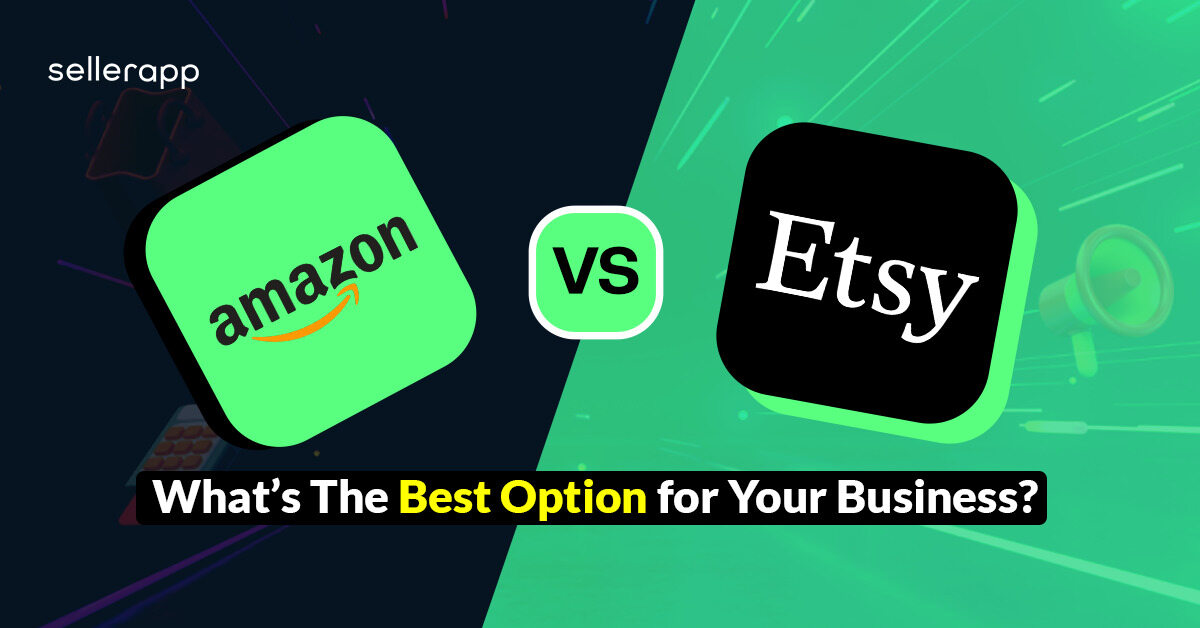
Should you start selling on Amazon or Etsy?
What can Amazon offer you that Etsy can’t? Is it worth the hassle to sell on BOTH?
You’ve probably already spent countless nights obsessively googling “How to sell on Amazon” or “How to sell on Etsy.”
But you’ve noticed that both marketplaces offer sellers an excellent opportunity to connect with shoppers and generate sales from the get-go.
Now, you’re facing a dilemma: which option is the best for starting your online selling journey?
This comprehensive article will provide you with all the differences you need about Etsy vs. Amazon and help you make an informed decision about the right marketplace for your business.
Here is a quick peek into the article:
- What is Amazon All About?
- Pros & Cons of Amazon Marketplace
- What Is Etsy All About?
- Pros & Cons of Etsy Marketplace
- Key Differences: Etsy vs. Amazon
- Final Thoughts
What is Amazon All About?

Amazon, with more than 12 million products and a network of 9.7 million sellers globally, is a go-to destination for shoppers looking to find anything they need and deliver it to their doorstep – fast.
Amazon drives around 2.4 billion monthly traffic. In fact, 3 out of 4 shoppers typically turn to Amazon to read reviews before finalizing their purchases. For sellers, this presents an incredible opportunity to tap into the massive customer base and expand their business.
Here are some pros and cons of selling on Amazon marketplace:
Pros 👍:
Sell across diverse categories
Amazon allows you to sell across a wide range of product categories. From books and electronics to clothing and groceries – you can sell almost anything on Amazon as long as it meets Amazon guidelines and standards.
Reach millions of customers
As the world’s largest online marketplace, Amazon attracts over 200 million unique active users monthly. So you can easily tap into the large and diverse customer base and build brand awareness.
Also, since Amazon operates in 16 different marketplaces, it allows you the flexibility to expand into foreign markets easily.
Supports multiple payment methods
Amazon supports multiple payment options. Customers have the flexibility to choose from various options such as credit cards, debit cards, gift cards, PayPal, Amazon Pay, BNPL (Buy Now Pay Later), and more.
It eliminates the potential friction customers may face during the checkout process and improves customer experience.
Access to Amazon FBA
Amazon provides Fulfilment by Amazon program, where sellers can use Amazon’s warehouse to store their inventory. Amazon then handles all the packaging, shopping, and customer service for your orders for a small charge. It saves you a lot of time and money and the headache of improving your shipping process and customer service.
Recommended read: What is the registration process for Walmart plus.
Improves customer loyalty
Amazon lets you build brand awareness and reputation by providing high-quality products, competitive prices, fast shipping, and excellent customer service.

You can also participate in different programs like Subscribe and Save, Prime Exclusive Discounts, or Seller Rewards Program to offer incentives and benefits to loyal customers.
Ease of use
Amazon offers a user-friendly interface and a streamlined checkout process that makes it easy for buyers to find and purchase products. It also offers a simple seller central dashboard that allows you to manage your listings, orders, inventory, reports, and more in one place.
Cons 👎:
Very competitive for retailers
It’s a crowded and competitive marketplace with 1.9 million active sellers on Amazon.
You may have to lower your prices, offer discounts, or invest heavily in advertising to stay competitive and retain your customers.
It’s also important to be aware of the platform’s ever-changing rules and regulations. Amazon can change its policies at any time, potentially impacting your business and leaving you with limited control.
High fees and commissions
Amazon charges various fees for selling on its platform, including referral fees, closing fees, FBA fees, storage fees, and more. These fees can add up quickly and eat into your profits, especially if you sell low-priced or slow-moving items.
Limited options for branding
Though Amazon is adding more options to build brand awareness among shoppers, such as Branded Storefronts, Sponsored Brand and, video ads, etc., the options are still limited.
Even then, Amazon provides a set template for all branding content – which may not reflect your brand voice or style accurately. You also have little control over how your products are displayed or recommended on the platform.
In a nutshell, here are the pros and cons of selling on Amazon.
| Pros 👍 | Cons 👎 |
|---|---|
| Sell across diverse categories | Very competitive for retailers |
| Reach millions of customers | High fees and commissions |
| Supports multiple payment methods | Limited options for branding |
| Access to Amazon FBA | Lack of direct customer interaction |
| Improves customer loyalty | Dependency on Amazon's policies and changes |
| Ease of Use | Counterfeit and copycat products |
| Global reach and expansion opportunities | Risk of negative reviews and ratings |
| Amazon's trusted reputation | Potential account suspension or listing removal |
| Efficient order fulfillment and customer service | Dependency on Amazon's search algorithm |
| Valuable sales data and analytics | Hard to stand out among competitors |
| Opportunities for advertising and promotions |
What Is Etsy All About?

Similar to Amazon, Etsy is another popular online marketplace where sellers can list and sell different categories of items.
However, unlike Amazon, Etsy mostly focuses on selling creative products such as handmade products, party supplies, custom-made products, arts and crafts, etc.
Here are some pros and cons of selling on Etsy:
Pros 👍:
Growing customer base
From 46.35 million visitors in 2019 to 95.08 million in 2022, Etsy has seen massive growth in its customer base, and it’s not going to slow down any time soon. It allows sellers to connect with potential customers and grow their business.
Starting on Etsy is easy
Creating a product listing and kickstarting your business on Etsy is easy. You don’t have to go through multiple strict guidelines like Amazon to get your listing live on the platform.
You can find multiple tools available online that can help you create professional product listings. For example:
- You can create professional-looking product photos with a tool like Smartmockups
- With the right prompts, AI tools like ChatGPT can help you create an enticing product description
- You can create high-converting advertising copy and designs with a tool like Canva and alternatives of Canva, making it easy to design stunning canvas photo tiles that attract attention and drive engagement.
Low barrier of entry & affordable fees
Getting started on Etsy is easy and affordable. For example, if you sell a digital product, you don’t need any physical inventory, and you can start selling with little to zero investments.
If you run a print-on-demand store where you design the product on your own and outsource printing and shipping, it also doesn’t need much investment.
The commission rates on Etsy are also much lower than Amazon. Unlike Amazon, Etsy’s commission rates don’t vary based on product category.
Etsy usually charges a $0.20 listing fee per item and a 6.5% transaction fee on each sale. Additionally, payment processing fees range from 3% to 4% depending on the seller’s location – much lower than Amazon Handmade’s 15%.
Cons 👎
High Competition From Sellers
The number of Etsy sellers is rapidly rising, from 4.4 million in 2020 to over 7.47 million in 2022. This surge is likely to continue as more people join the platform in 2023.
However, the increasing competition means there are more products and limited room on the search result page, making it difficult for your product to get noticed.
For example, if you search for the same product, “photo frame,” on both Etsy and Amazon, you can see Etsy gives you around 350,000 search results.

Whereas Amazon gives only 30,000 results. It shows the competitive landscape of Etsy.

This is especially true for handmade products, gift items, and digital products which are popular on Etsy.
Expensive shipping fees
In addition to charging a 6.5% fee on each transaction, Etsy collects an additional 6.5% fee on the amount you charge for shipping.
This means that if you sell an item for $10 with a $6.5 shipping fee, the transaction fee would be 6.5% of the total ($10 + $6.5 = $16.5), which is equal to $1.07.
Limitations on customization and branding
Etsy gives very little room to customize the storefront. You can only change the shop logo and product photo in your listing; everything else is up to Etsy.
So, if you want to build a well-known brand and make your product synonymous with the niche, Etsy might not be the right marketplace for you.
To summarize, here are the pros and cons of selling on Etsy.
| Pros 👍 | Cons 👎 |
|---|---|
| Growing customer base | High competition from sellers |
| Enhanced marketing opportunities | Expensive shipping fees |
| Easy to start on Etsy | Limitations on customization and branding |
| Low barrier of entry | Risk of intellectual property infringement |
| Affordable fees and pricing | Difficulty in standing out in the crowded marketplace |
| Accessible to niche markets | Potential for counterfeit or low-quality products |
| Integration with social media platforms | Limited ability to build customer loyalty |
| Better for selling handmade, vintage, and unique products | Limited data and reporting tools for sellers |
Amazon vs. Etsy – Key Differences
As you can see, each marketplace has its own strengths.
Customers usually go to Etsy to buy unique, handmade products for gifts, holidays, customized services, and so on.
So if you intend to sell such products, choose Etsy as your primary marketplace. Besides, it’s much easier to set up a shop and start selling on Etsy compared to Amazon.
On the other hand, with an enormous customer base, advertising options, and fulfillment service, Amazon also comes up as a worthy opponent.
However, it’s a competitive marketplace and requires huge investments to advertise, build awareness and make the business sustainable.
With that in mind, let’s dig deeper into a detailed comparison of Etsy vs. Amazon:
Amazon vs. Etsy: Customer Base & Revenue
Amazon is the number one marketplace in the USA, with 230 million monthly active users, more than Etsy, Walmart, or eBay.
That’s not surprising since Amazon sells products in multiple categories, compared to Etsy, which focuses on more handmade, customized, and artistic products.
On the other hand, Etsy has 89.9 million active users worldwide in the Q1 of 2023, and it’s the 4th leading marketplace in the USA.
Let’s look at a quick snapshot of both platforms:
| Etsy | Amazon | |
|---|---|---|
| Buyer Intent | Most buyers come to Etsy to purchase gift items, Print-on-demand, handmade products, and arts and crafts. | Convenience of finding all kinds of products in one place is the most common driving factor for most buyers, followed by competitive pricing. |
| Holiday Shopping | Shopping on Etsy significantly increases during the holiday season, particularly from October to December 2022, with 29 million new shoppers, a 55% increase compared to 2019. | Amazon's U.S. sales during the holiday season in 2022 were up 9% YoY, as well as 20% higher than the same period in 2020 and 78% higher than the holiday season in 2019. |
| Sales Performance | Etsy generated a revenue of US$2.5 billion in 2022, a 10.1% increase year-over-year. | Amazon generated US$513 billion in revenue in 2022, a 9.4% increase from 2021. |
| Geographic Market | With 63 million app downloads, the United States holds the largest market share for Etsy, followed by the United Kingdom with 10.85 million app downloads. | Amazon holds the largest market share (51.59%) in the US in 2022, followed by Germany, with a 4.86% market share. |
| Price Comparison | Some customers who prefer purchasing from brick-and-mortar stores tend to compare prices on Etsy before purchasing handmade or gift items. | 9 out of 10 consumers check the price on Amazon before buying something offline. |
| Popular Categories | Etsy attracts customers who specifically look for handmade, digital prints and unique items. | Amazon attracts a variety of target customers, from beauty products to electronics. |
| Customer Loyalty | Etsy customers are brand loyal | Brands don’t own Amazon customers. For example, when someone shops a product on Amazon, they don't always recall the brand’s name. |
| Buyer-seller communication | Limited communication between buyers and sellers. Sellers are not allowed to contact buyers directly. | Relaxed communication between buyers and sellers. Customers can message/mail sellers. |
Amazon vs. Etsy: Store Set Up
While Etsy and Amazon both provide user-friendly interfaces for sellers and buyers, Etsy’s sign-up process is more streamlined – allowing users to create a storefront using their email, Google, or Facebook accounts.
Once you log in, you can easily create your storefront in a few simple steps:
- Step 1: Choose your Etsy shop’s preferences.
- Step 2: Name your Etsy store
- Step 3: Create a new banner for your store.
- Step 3: Create and publish a new listing.
- Step 4: Set up payment and billing information, and you’re done.
Yes! It’s that easy.
On the other hand, creating an Amazon seller account is a lengthy process. Here’s a step-by-step process:
- Step 1: Go to https://sellercentral.amazon.com/ and sign up using your email ID and password
- Step 2: Select your country and language and enter your address and registered phone number
- Step 3: Choose a selling plan (Individual or Professional).
- Step 4: Provide your bank and tax information.
- Step 5: Accept Seller Agreements and hit “Create your Amazon account.”
After that, Amazon takes 7-14 days to verify all the provided details and activate your seller central account.
Want to learn more about it? Read the complete guide on Amazon Seller Central
Amazon vs. Etsy: Inventory Management
Creating and managing your inventory on Amazon is relatively easy.
Go to your Seller Central account and navigate to Inventory from the left sidebar.

Here, you can effortlessly create and manage your inventory.
If you have a large portfolio of products, you can use bulk upload to create multiple listings with just one click.
Note: It might take some time for a newly registered seller to list new products.
On the other hand, Etsy offers a feature-rich inventory management system.
You can easily navigate the store from the main dashboard with simple clicks.
Moreover, you can add new listings directly from the inventory management center. This includes adding product photos, listing details, inventory, pricing, and applying templates for the listing.
Once done, simply click publish, and your listing will go live.
Amazon vs. Etsy: Fees and Prices
Pricing plays an essential role when choosing a suitable marketplace for your business. A lower marketplace gives you a better profit margin.
So, let’s see a snapshot of the price comparison between Amazon and Etsy:
| Fees | Amazon | Etsy |
|---|---|---|
| Listing Fee | Free | $0.20 per listing |
| Transaction Fee | Varies, typically around 15% of the selling price | 6.5% of the item price |
| Shipping Fee | Varies based on fulfillment and product details | 6.5% of total shipping charges |
| Payment Processing Fee | Varies based on country | 3% + $0.25 |
| Subscription Fee | Individual Seller: $0/month Professional Seller: $39.99/month | Etsy Plus: $10/month |
| Fulfillment Fee | Starts at $2.47 per unit on Amazon.com and varies based on the dimension, and weight of the product | N/A |
| Referral Fee | Ranges from 8% to 45% of the selling price | N/A |
| Minimum Referral Fee | $0 or $0.30, charged if the referral fee is lower | N/A |
| Variable Closing Fee | A flat fee of between $1.35 and $1.80 on media products on Amazon | N/A |
Amazon vs. Etsy: Shipping & Order Fulfillment
Both Etsy and Amazon offer excellent fulfillment and shipping solutions to sellers.
In Etsy, sellers are primarily responsible for shipping and order fulfillment. However, they have partnered with 3rd party services like the United States Postal Service, FedEx, and Canada Post to speed up the shipping process for sellers.
The best part is you don’t need to use these 3P services for shipping. Since most Etsy sellers don’t offer free shipping unless the shopper hits a certain order value, you can opt for a separate fulfillment service to reduce costs and maximize your profit.
Recommended Guide: Why is Amazon order management so important?
On the other hand, Amazon offers two types of fulfillment services:
- FBA (Fulfilment by Amazon)
- FBM (Fulfilment by Marchent).
In FBA, Amazon handles packaging, shipping, return, refunds, and customer service for your business for a small fee. In FBM, you have full control over the fulfillment process.
Amazon vs. Etsy: Marketing and Ads
Both Etsy and Amazon offer amazing fulfillment and shipping solutions to sellers. Let’s see how they differ from each other:
| Criteria | Etsy | Amazon |
|---|---|---|
| Ad Types | Onsite Ads, Offsite Ads | Sponsored Product Ads, Sponsored Brand Ads, Display Ads, Amazon DSP |
| Ad Placement | Onsite Ads: Organic search results, category pages, market pages Offsite Ads: Outside of Etsy, including platforms like Google, Facebook, Instagram, Buzzfeed, etc. | Sponsored Product Ads: On the SERP result, middle or end of product page; Sponsored Brand Ads: Top of search results; Display Ads: On and Off Amazon |
| Targeting | No clear targeting option | Keyword targeting (automatic/manual), Product targeting, and custom targeting (DSP) |
| Cost Structure | Onsite & Offsite Ads: Cost Per Click (CPC) | Sponsored Product Ads: Cost Per Click (CPC) Sponsored Brand Ads: Cost Per Click (CPC) Sponsored Display Ads: Cost Per Thousand Impressions (CPM) Amazon DSP: Cost Per Mille (CPM) |
| Fee Structure | 12-15% fee for successful offsite ads, on top of transaction, listing, and payment fees. | DSP requires a minimum investment of $10,000 for self-service or $50,000 for managed service. |
Recommended read: Types Of Data Available In Amazon Marketing Stream.
Amazon vs. Etsy: SellerApp Verdict
Amazon and Etsy are both excellent marketplaces, each with its own strengths and weaknesses.
While Amazon offers a wide range of product categories and targets a diverse audience, Etsy specializes in vintage, handcrafted, and custom products, making it ideal for artisans and DIY enthusiasts.
To make the best choice for your needs, it’s worth exploring both marketplaces. Consider the specific categories you’re selling and the customer experience you want to provide to shoppers.
Do you still have questions to launch your e-commerce business? SellerApp is here to help!
Whether you are a beginner or an experienced seller, SellerApp equips you with the necessary insights and strategies to succeed in the competitive e-commerce landscape.
Don’t miss out on the opportunity to grow your business and boost your sales.
Additional Read:
7 Strategies to Optimize CLV: CAC Ratio
Can you transfer an Amazon seller account?
Differences between Amazon Sponsored Display Ads vs DSP Ads
Etsy Affiliate Program: How to Promote Etsy Products as an Affiliate


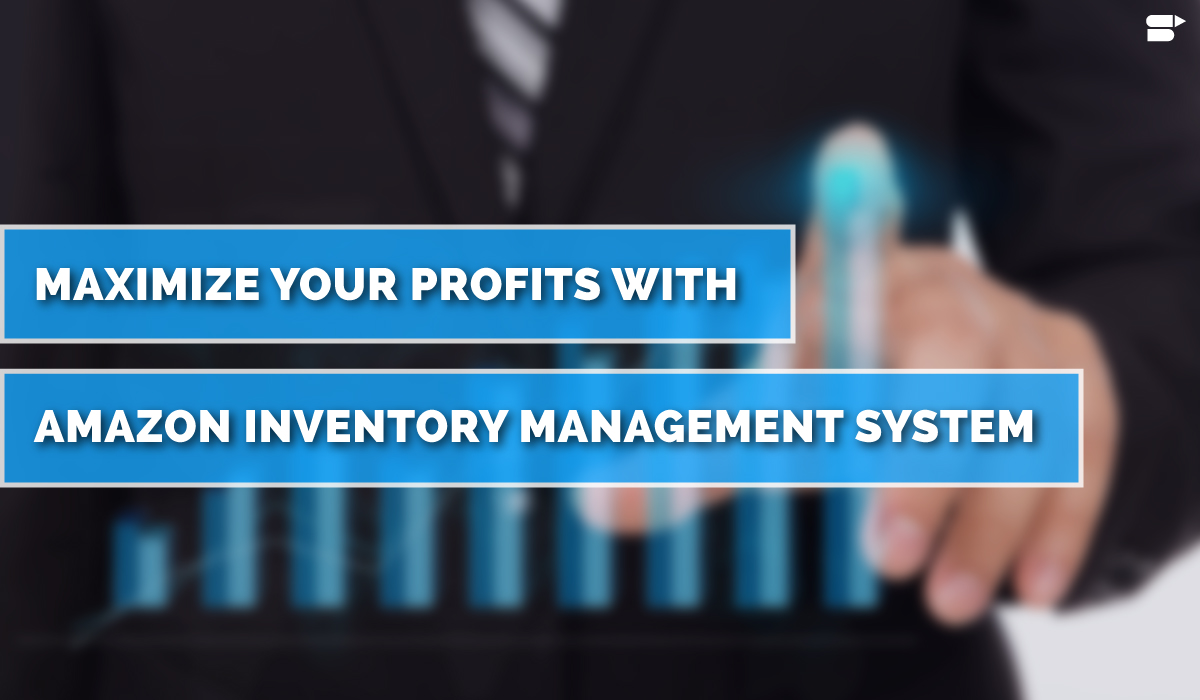


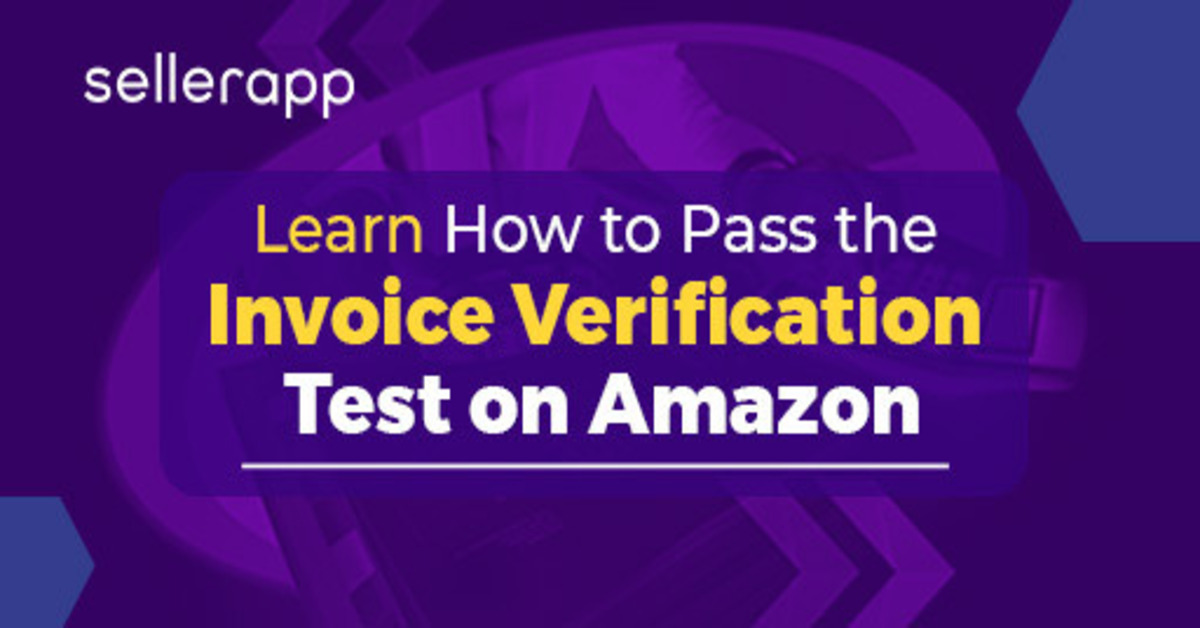
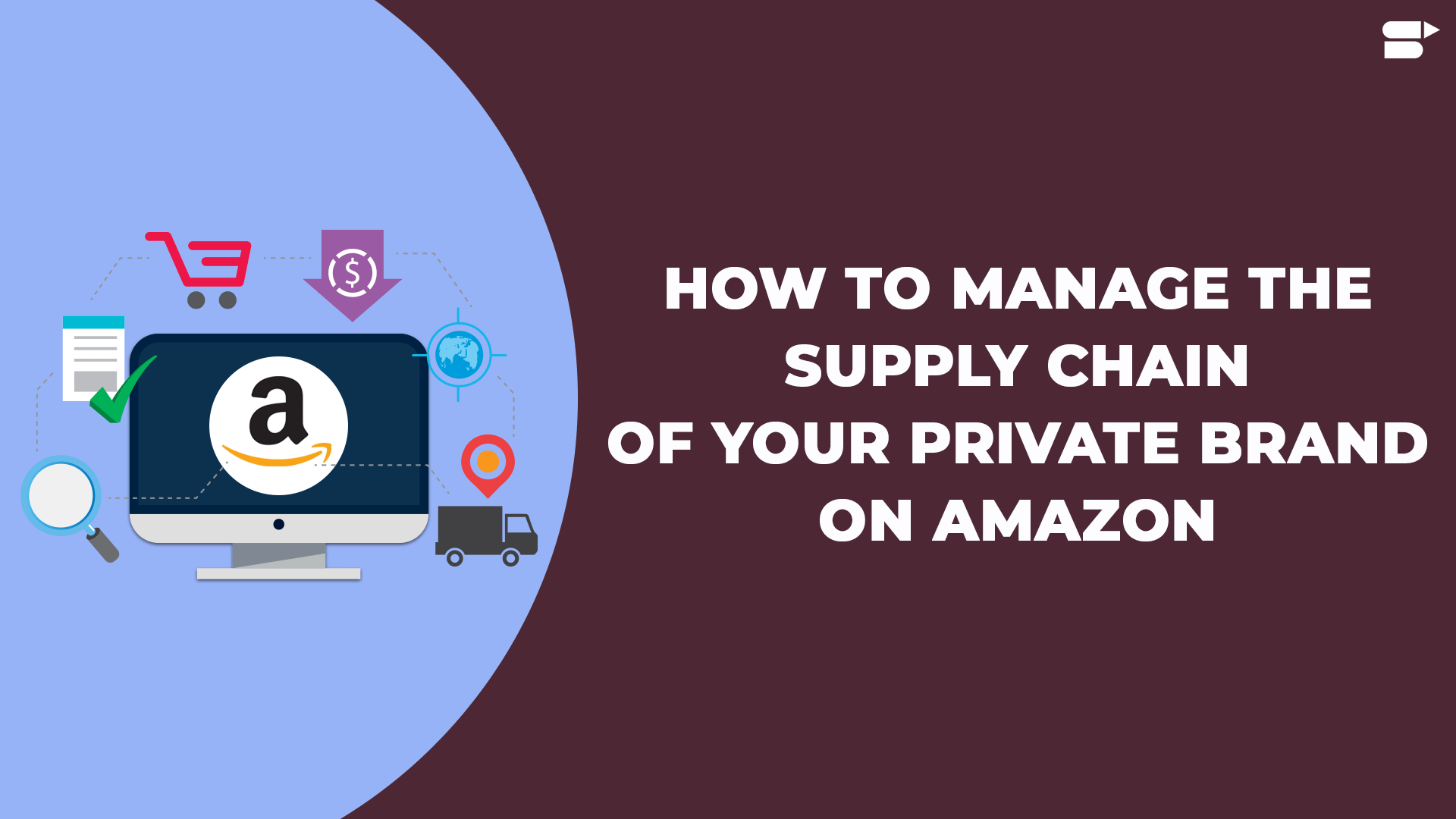
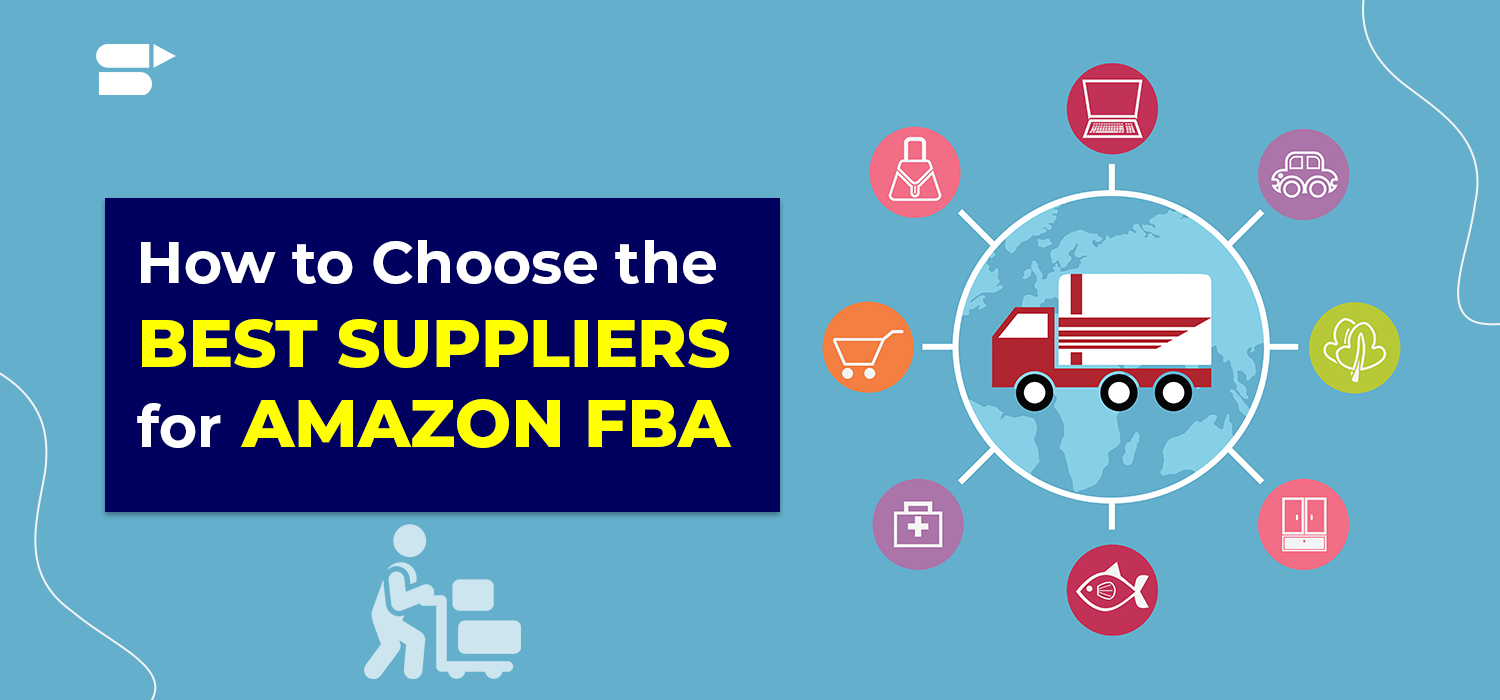


Jorge
November 21, 2023Thank you for being so supportive and insightful!!
Clare Thomas
March 13, 2024Your support and insights mean a lot
Harvey
November 25, 2023Your website is very useful. Thanks for sharing.
Clare Thomas
March 13, 2024I’m delighted to hear that you find our website helpful.